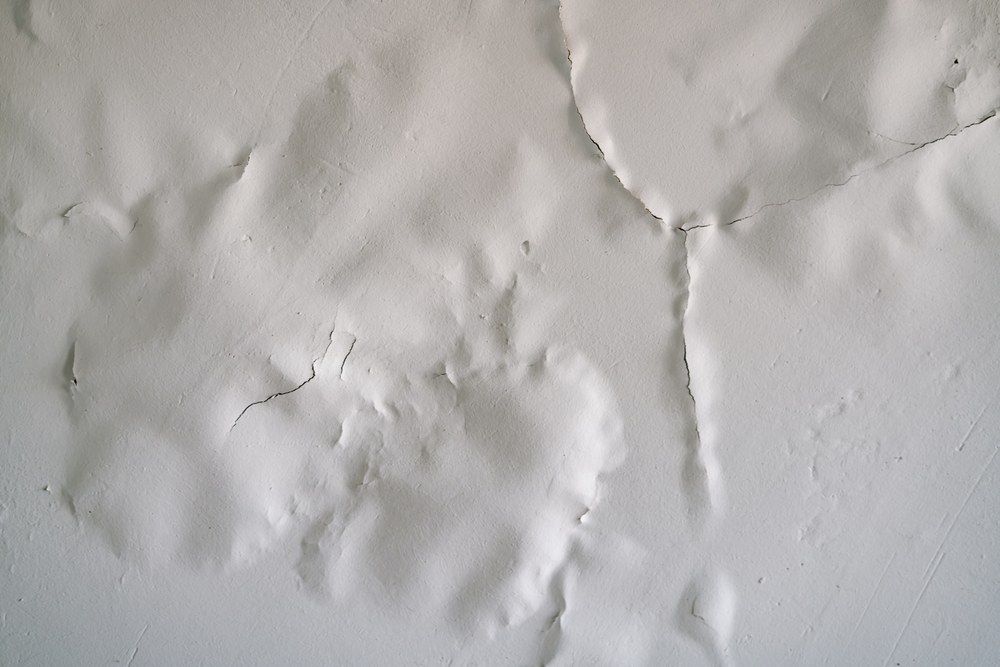Intense storms are happening more often. This raises concerns about water damage for homeowners.
One big worry is mold on wet drywall. Mold loves damp places, and wet drywall is perfect for it.
Mold needs four things to grow: moisture, food, a certain temperature, and oxygen. If it gets these, it can spread fast. This is bad for health and can damage buildings.
Key Takeaways
- Mold growth on wet drywall is a significant concern after water damage.
- Four conditions are necessary for mold to grow: moisture, food, suitable temperature, and oxygen.
- Changing weather patterns increase the risk of water damage and subsequent mold growth.
- Homeowners should be aware of the risks and take prompt action to dry out wet drywall.
- Mold can spread rapidly if the conditions are favorable, posing health risks and causing structural damage.
Will Wet Drywall Grow Mold in Buffalo?
Mold growth on wet drywall is a big worry. When drywall gets wet, it’s perfect for mold to start growing.
Mold needs four things to grow: moisture, food, the right temperature, and oxygen. In most homes, temperature and oxygen are fine. But moisture is the key to mold growth.
Moisture, Food, Temperature, and Oxygen
Moisture is what makes mold grow on wet drywall. Drywall has cellulose, which mold loves to eat. When drywall is wet, it has both the moisture and food mold needs to grow.
- Moisture: The main reason mold starts growing.
- Food: Drywall’s cellulose is a perfect meal for mold.
- Temperature: Most homes are warm enough for mold to grow.
- Oxygen: Homes usually have enough oxygen for mold to thrive.
Signs of mold include black spots, a musty smell, and feeling damp or slimy. It’s important to fix moisture problems fast to stop mold. Mold can harm your health and damage your home.
Knowing how mold grows helps prevent it. By controlling moisture and fixing water damage quickly, you can lower the chance of mold on wet drywall.
Preventing and Addressing Mold on Wet Drywall
Wet drywall is a perfect place for mold to grow. But, there are ways to stop and fix this problem. The first thing to do is dry the area fast.
Homeowners can use fans and dehumidifiers to dry it quicker. It’s also important to watch for mold signs like visible mold, bad smells, and water damage.
Steps to Prevent Mold Growth
- Check the outside of homes and buildings for water buildup. This water can get into the drywall and cause harm.
- Take out any damaged materials, like drywall and insulation, to stop mold from spreading.
- Make sure areas with a lot of moisture, like bathrooms and kitchens, have good air flow.
To remove mold, figuring out what kind it is is key. This helps decide the best way to fix it.
Mold Remediation Techniques
- Keep the moldy area closed off to stop mold spores from spreading.
- Use the right cleaning solutions and tools, like masks and gloves, to safely get rid of the mold.
- Throw away any materials that are badly damaged or full of mold.
By following these steps and being proactive, homeowners can stop and fix mold on wet drywall. Regular checks and upkeep can also lower the chance of mold in the future.
Conclusion
It’s important to know the dangers of wet drywall for a safe home. When drywall gets wet, mold can grow easily. This can harm the health of everyone living there.
To avoid mold, homeowners should act fast. They need to remove water, dry everything well, and use products that fight mold. If mold does show up, it’s key to clean it up right away to keep the home safe.
Knowing about mold risks on wet drywall helps homeowners protect their homes. Quick action on water damage and the right cleaning methods can stop mold. This makes homes healthier for everyone.
Revive Your Property with Green Genie in Buffalo, NY
From water damage restoration to mold remediation, Green Genie delivers fast, professional, and eco-friendly solutions tailored to your needs. Restore your space and peace of mind—request your free consultation today!







